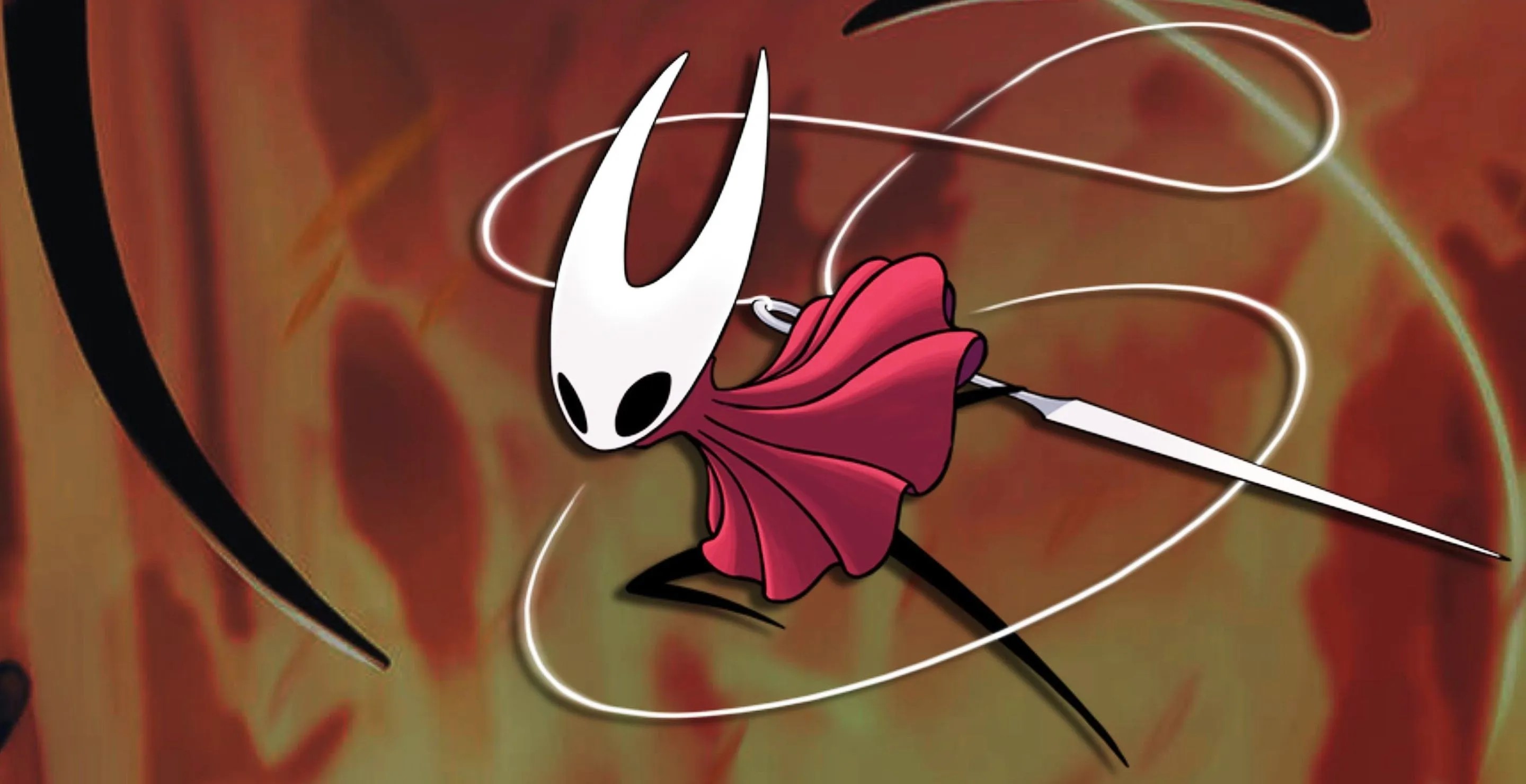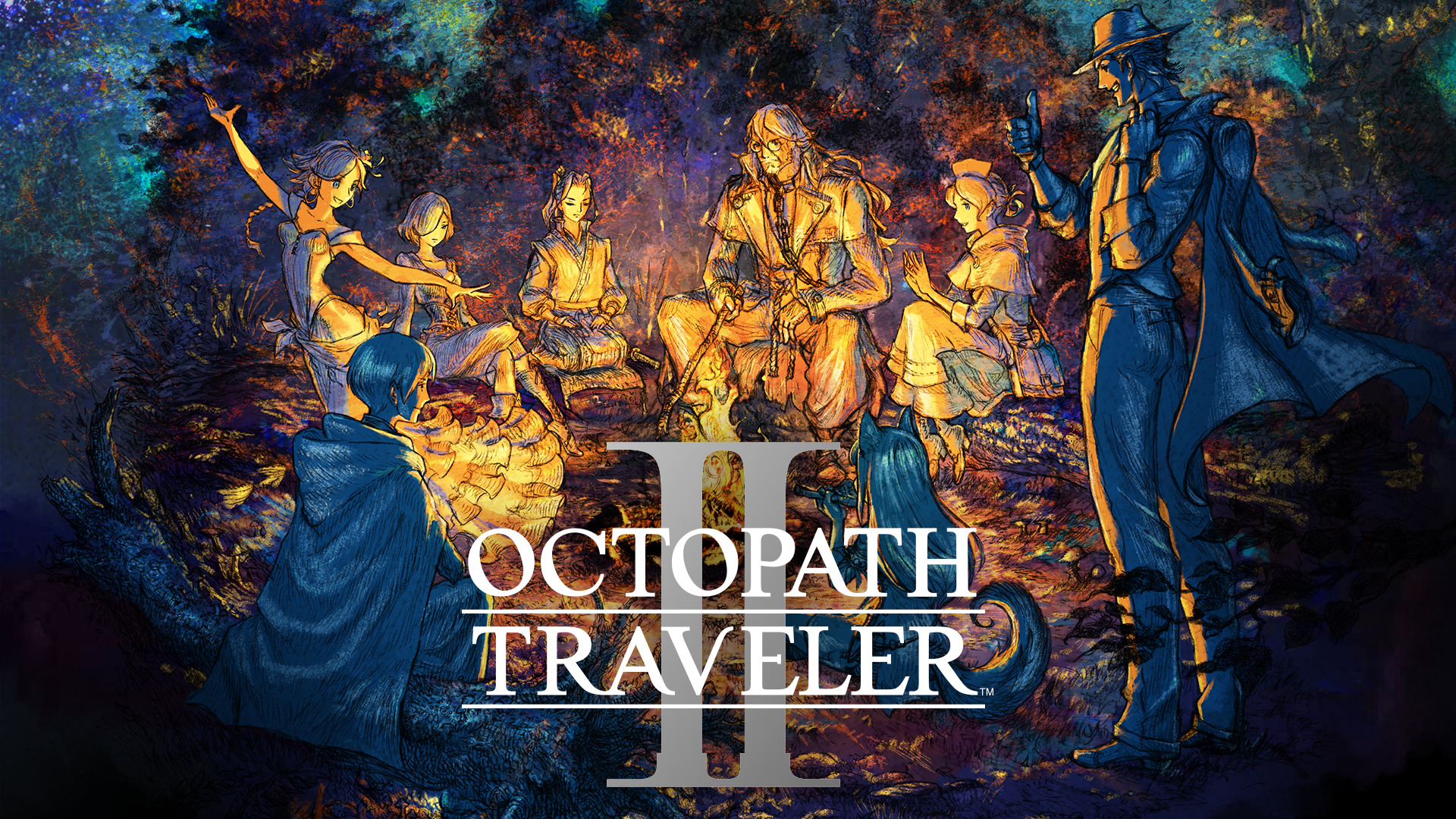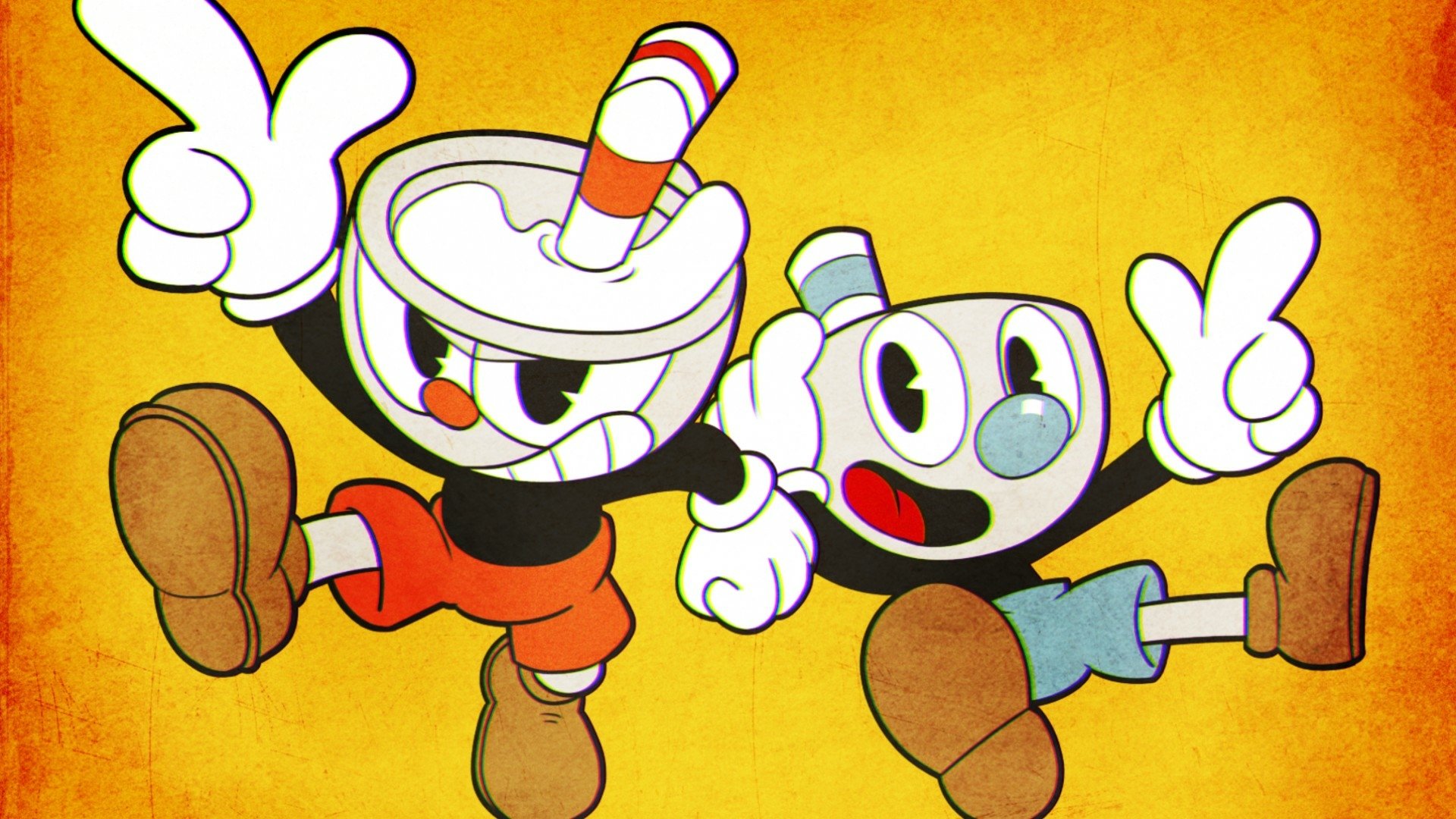- 2D art has been frequently used throughout the gaming industry.
- The use of 2D backgrounds and sprite animation can be a powerful combo for developers looking to enhance visual presentation.
- 2D art can also translate well to various platforms with enough optimization and care.
Gaming, like many other entertainment forms, is a visual medium. As soon as the screen loads, players are met with vivid backdrops, iconic characters, and more, something that often sticks with players in the long term.
Although 3D art is the most commonly seen in gaming today and has become a major reason for bloating budgets, 2D art can be equally expressive and memorable. There’s a reason 2D games like Hollow Knight Silksong, Cuphead, and a slew of other indie titles perform so well.
Clearly, their artistic direction plays a major role in their success. In my opinion, the industry needs to understand that 3D art isn’t always the answer. In fact, utilizing 2D art can, on many occasions, completely transform a game.
Why it matters: The reliance on 3D art and highly detailed visuals is one reason games have become so expensive to produce. Fortunately, 2D art presents a cheaper alternative without sacrificing quality.
Visual Storytelling

2D art services provide unique storytelling capabilities that often extend beyond a game’s visual appeal. This is because each carefully crafted sprite, background, and animation contributes to the larger narrative of a game.
I believe something as small as choosing the right color palette can make a major difference. For instance, warm colors like orange and red can signal danger, while cool blues can be used to indicate mystery or melancholy.
Composition techniques borrowed from traditional art, including the rule of thirds and focal points, can even be used to lead players toward points of interest. Moreover, these elements can strengthen a game’s environmental storytelling.
As someone who is a fan of sprites, I also like how 2D art can be used to express character traits and personalities. For example, a hero’s confident stance and bright colors can immediately set him apart from a villain’s dark palette and imposing silhouette.
Similarly, idle animations, walking styles, and attack stances can all contribute to character identity. This is something I really appreciate about 2D fighting games, especially classic ones like Marvel vs. Capcom 2.
Enhanced Atmosphere
2D art is typically great at setting a specific type of mood or subverting expectations. For instance, sunny meadows with soft lighting can indicate a sense of serene calmness, while shadows can point to impending danger.
Parallax scrolling techniques also add depth and dimensionality to flat artwork, creating convincing illusions of three-dimensional space. Moreover, the choice of art style can be a strong indicator of the type of game and themes a developer has decided to present.
The use of pixel art can be considered a callback to retro games, while hand-painted watercolors can hint at fantasy elements. These styles can, therefore, be useful indicators of what players should expect before jumping into a game.
Optimized Experiences

With modern engines like Unreal Engine 5 presenting unique optimization challenges, games utilizing 2D art also require a lot of effort and balance to function properly.
Elements like sprite atlas optimization, animation compression techniques, and scalable vector graphics must be taken care of. Moreover, games must be optimized for specific platforms since 2D titles typically aim to reach broad audiences.
This means that titles like Dead Cells, which are even available on smartphones, must be balanced for varied screen sizes, aspect ratios, and control schemes. Care must also be taken to address battery constraints.
On consoles and PCs, higher-quality assets and more polished art are typically needed to satisfy fans. This is why highly revered games like Cuphead boast nearly impeccable artistic quality.
A Unique Appeal
As great as 2D art is, it’s hard not to feel fatigued by the numerous sprite-focused games on the market. There’s a reason titles like Octopath Traveler are so beloved; they essentially work within 2D constraints to provide a distinct visual experience.
These examples serve as proof that games with distinct color palettes, animation techniques, or visual styles can still stand out from the crowd. The visual style can even become part of a game’s identity.
One of my personal favorite 2D games, Furi, uses a cell-shaded, anime-like aesthetic. Moreover, a game like Dragon Ball FighterZ combines the excellence of 2D and 3D visuals to mimic the late Akira Toriyama’s work.
This is why I believe there is plenty of room to experiment within 2D art. Often, technical and budget constraints can lead to entirely new discoveries that pave the path for a unique visual experience.
Technical Excellence

To nobody’s surprise, creating high-quality 2D art requires a solid grasp of both artistic principles and technical details.
For instance, traditional animation principles like squash and stretch, anticipation, timing, and more are incredibly important when working with 2D art. Modern tools also come in handy here since they aid skeletal animation systems, inverse kinematics, and procedural secondary animation.
Elsewhere, established production pipelines to maintain consistency and efficiency throughout development cycles are needed. These are critical to making concept art, creating assets, and quality assurance testing.
If all these elements are carefully planned out, the artistic vision stays consistent between the initial and final phases. Also, clear communication between programmers, artists, and designers is necessary to ensure 2D art in games turns out as great as possible.
The Value of Professional Excellence
By now, it’s clear that 2D art, under the right circumstances, can uplift any type of game. However, it’s important to ensure that artistic skill, technical knowledge, experience, and more go into the art creation process to maximize the chances of success.
This is where 2D art development services come in, with the best ones covering all the bases. Professional artists understand industry tools, platform-specific requirements, and production workflows, something that guarantees success.
They also boast plenty of experience with all types of projects. This is important since unique art is needed to stand out in the industry. Additionally, professional processes and quality assurance procedures minimize risks in a project.
All in all, the more complex a project is, the more important it becomes to have the best 2D art development services on hand.
Thank you! Please share your positive feedback. 🔋
How could we improve this post? Please Help us. 😔
[Senior News Reporter]
Avinash is currently pursuing a Business degree in Australia. For more than 5 years, he has been working as a gaming journalist, utilizing his writing skills and love for gaming to report on the latest updates in the industry. Avinash loves to play action games like Devil May Cry and has also been mentioned on highly regarded websites, such as IGN, GamesRadar, GameRant, Dualshockers, CBR, and Gamespot.




